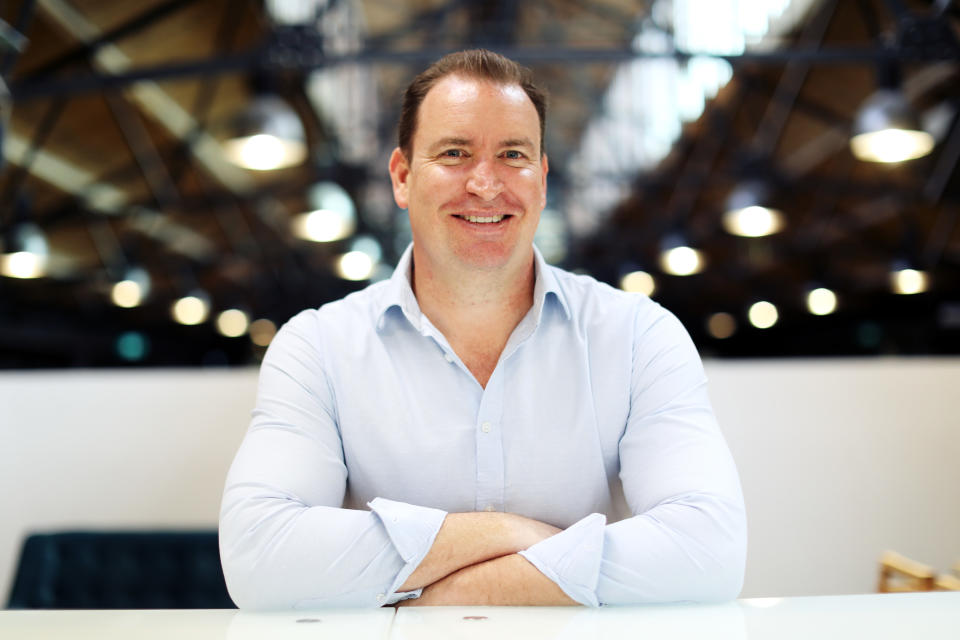How to protect yourself from stock market crashes

Many people are anxious at the moment after Australian and international stock markets took a battering over the past few days.
US and China are playing chicken with the global economy as they escalate their trade war. And investors in third party countries like Australia are suffering.
The All Ordinaries index, which tracks how well the local market is doing, is down 5.5 per cent in the past week.
Founder of ‘choice-of-fund’ platform Roll-It Super, Mark MacLeod, told Yahoo Finance advice from barbecue experts should be taken with a grain of salt.
"You have probably heard people talking about buying low and selling high. Sounds pretty straight forward, doesn't it?
"And if you believe what you hear during dinner party conversations, your neighbour or friend is a genius at it."
But the reality is that no one has a crystal ball – and it's human nature to only talk about successes.
"No one likes to admit when they have lost money, so it is easier to never talk about it," he said.
"The truth is that even professional investors have a difficult time picking the bottom or top of a market."

A better strategy than 'buy low, sell high'
Rather than trying to time the market, those who invest for a living employ a different strategy.
"'Dollar cost averaging' is the strategy most professional investors – including super funds – turn to, to reduce the risk of buying at the wrong time," said MacLeod.
"Instead of trying to pick market highs and lows, you buy a fixed amount of an investment on a regular schedule. Because the amount you invest, and the timing doesn’t change, the cost to buy the investment tends to average out over time."
This means that an investor ends up paying the average price for a share rather than the highest or lowest price.
This shrinks potential windfall returns, but it also reduces the risk of losses.
For example, say shares for Acme Corporation were selling for:
$2.00 in January
$1.00 in February
$3.00 in March
$0.50 in April
$2.00 in May
$2.50 in June
An investor who only bought in March, just before the crash, will have lost 17 per cent by June. Ouch.
An investor who practised 'dollar cost averaging' and bought each month will have paid an average of $1.83 per share. So by June, she will have gained 36 per cent despite 'overpaying' in March.
An investor who only bought in February will have reaped a massive 150 per cent gain by June. Nice work, but she will have been pretty anxious in April when she saw her investment halve in value.
Vanguard Australia head of corporate affairs Robin Bowerman said dollar-cost averaging was a way to avoid making emotional decisions to buy or sell and instead stay focused on long-term goals.
"Repeated research, including by Vanguard, shows that market-timers rarely succeed over time," he said last year.
"Of course, the use of dollar-cost averaging does not necessarily mean that investments will succeed; nor does it protect investors from falling asset prices."
Make your money work with Yahoo Finance’s daily newsletter. Sign up here and stay on top of the latest money, news and tech news.

 Yahoo Finance
Yahoo Finance 